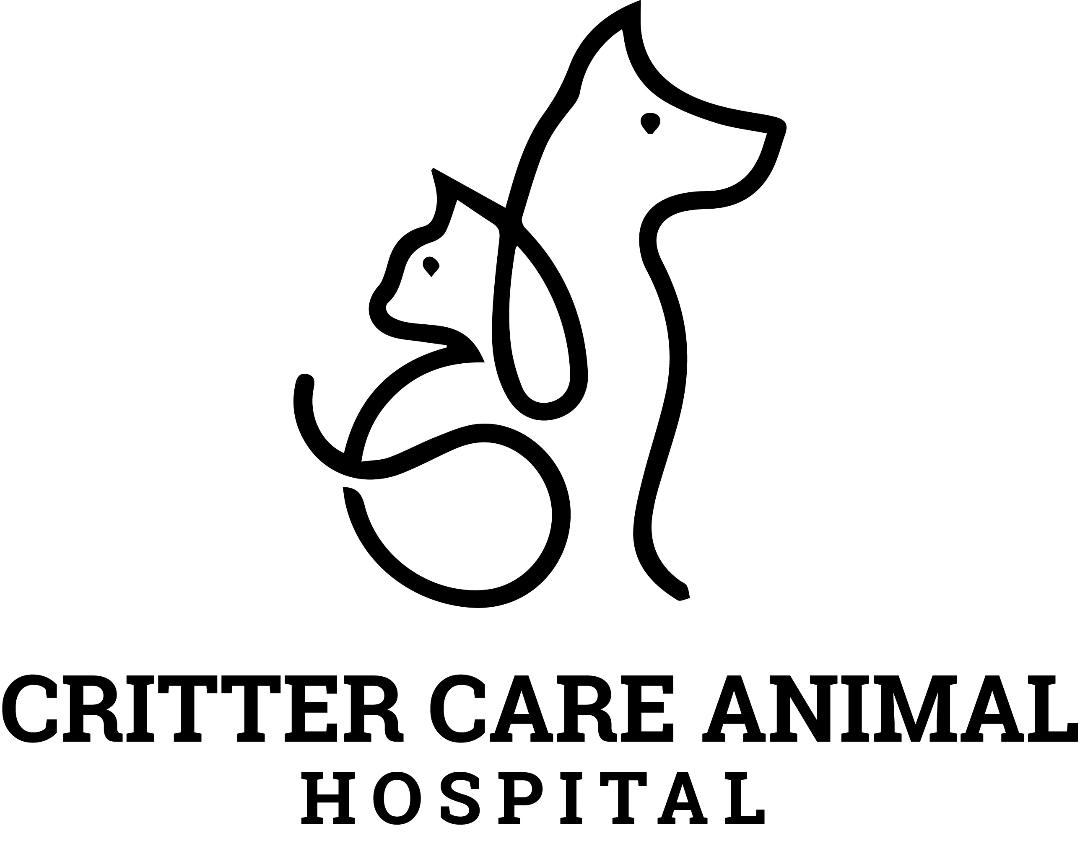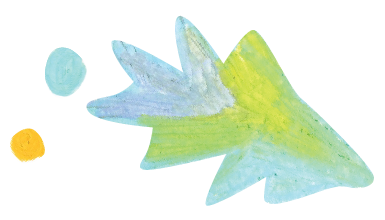Library
-
Cysts are hollow spaces within tissues that contain either a liquid or a solidified material. Some breeds have a tendency to develop certain types of cysts. Accurate diagnosis relies upon microscopic examination of a piece of tissue. The most common treatment for cysts is surgical removal. It is important to prevent your pet from rubbing, scratching, or otherwise bothering the cysts or the surgical site.
-
Cytarabine is a chemotherapy medication commonly used off label to treat blood cancers and brain inflammation. It is an injectable solution usually given in the vein by a veterinary professional. Common side effects include gastrointestinal upset and low blood cell counts. This medication should not be used or used with caution in pets with liver or kidney disease, those that have an allergy to this medication, and pregnant/lactating pets. If a negative reaction occurs, call your veterinary office.
-
Cytauxzoonosis is an often-fatal disease caused by a tick-borne protozoan parasite, typically found in bobcats. It is more commonly seen in the southern United States but is spreading with tick migration. It can cause anorexia, lethargy, respiratory difficulty, anemia, and jaundice. Diagnostic testing, treatment options, and preventives are described in this handout. This disease is not transmissible to dogs or humans.
-
Cytology is a useful tool to often diagnose abnormal lumps on your pet's body as well as evaluation of fluid samples and tissue surfaces. It is relatively simple and inexpensive but can provide a lot of information. Depending on results, further tests may be indicated to best help your pet.
-
Cytology is the microscopic examination of cells that have been collected from the body. Lesions on the surface of the skin or from moist body cavities can be sampled very simply by scraping, swabbing, flushing, or making impressions of the tissue. The collected cells get looked at under a microscope and in many cases a diagnosis can be made to determine the best form of treatment.
-
Collecting tissue samples for cytology or histopathology allow a pathologist to often give a diagnosis of the type of mass or tumor your pet has. Samples can be obtained by fine needle aspirate or biopsy, where a piece of the mass is cut out. Based on what the mass appears like under the microscope, the pathologist can often give a prognosis of how the tumor will behave.
-
The Dachshund has an unmistakable look – long low body on short legs - that has earned it the nickname "Wiener Dog." Full of attitude, the Dachshund seeks the spotlight and demands attention, but offers loyalty, affection, and plenty of comedy in return.
-
Of all dog breeds, the Dalmatian is the most easily identified because of his distinctive coat. The image of a large white dog speckled with black spots all over his body, sitting on top of a fire truck or running along side a horse-drawn coach, is embedded in the minds of everyone, dog lover or no, regardless of age.
-
Dandie Dinmont Terriers are live-wire dogs that enjoy rousing play, yet can be as tough as nails when extracting a rodent from its den or when standing up to a challenge.
-
Dantrolene is a muscle relaxant used to help relax the urinary tract and improve urine flow in cats and dogs. It has also been used to help prevent muscle contractions caused by certain toxicities in dogs and malignant hyperthermia in miniature pigs and dogs. It is used off label (extra label) in veterinary medicine. Dantrolene comes in capsule and injectable forms.

